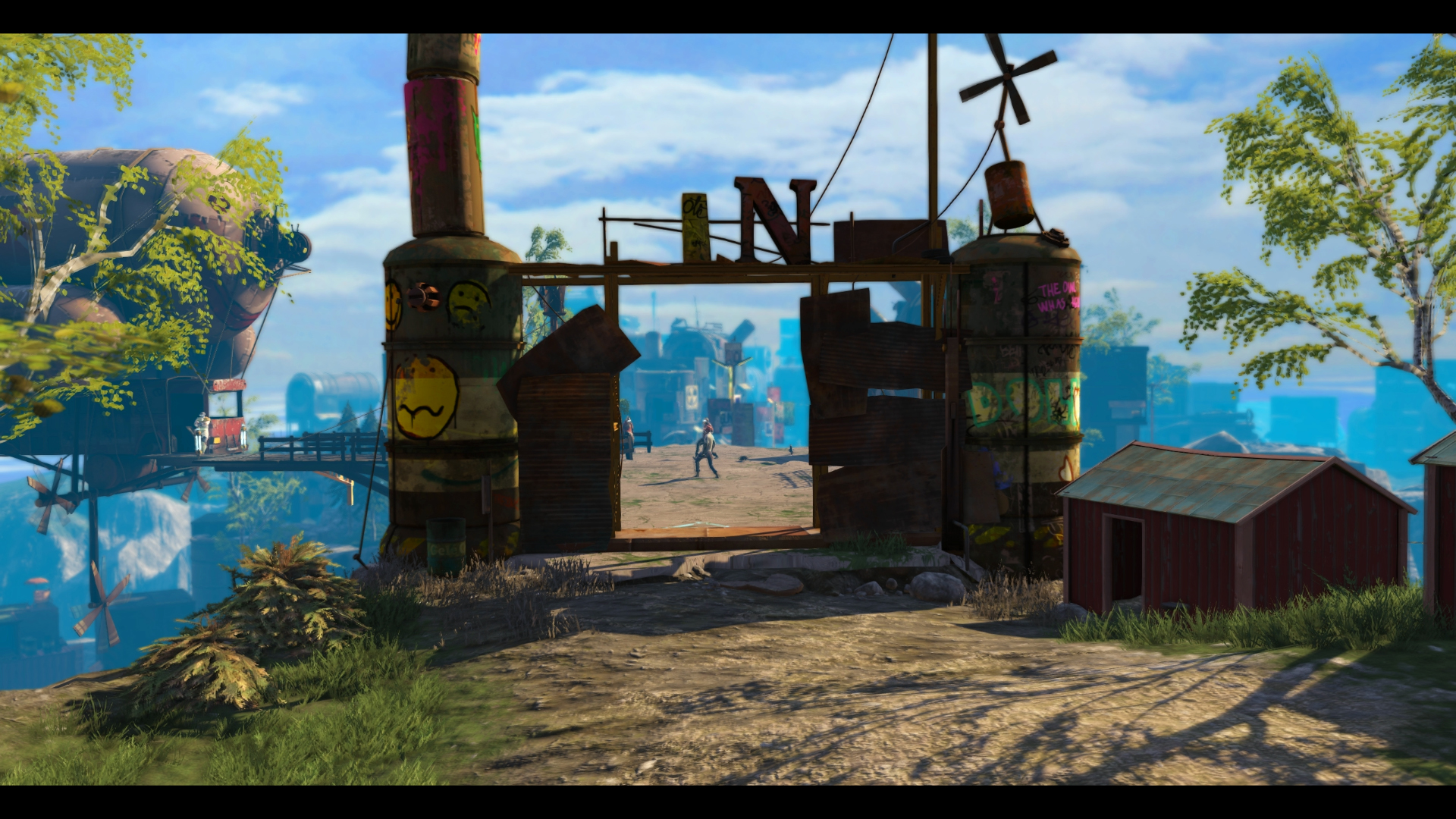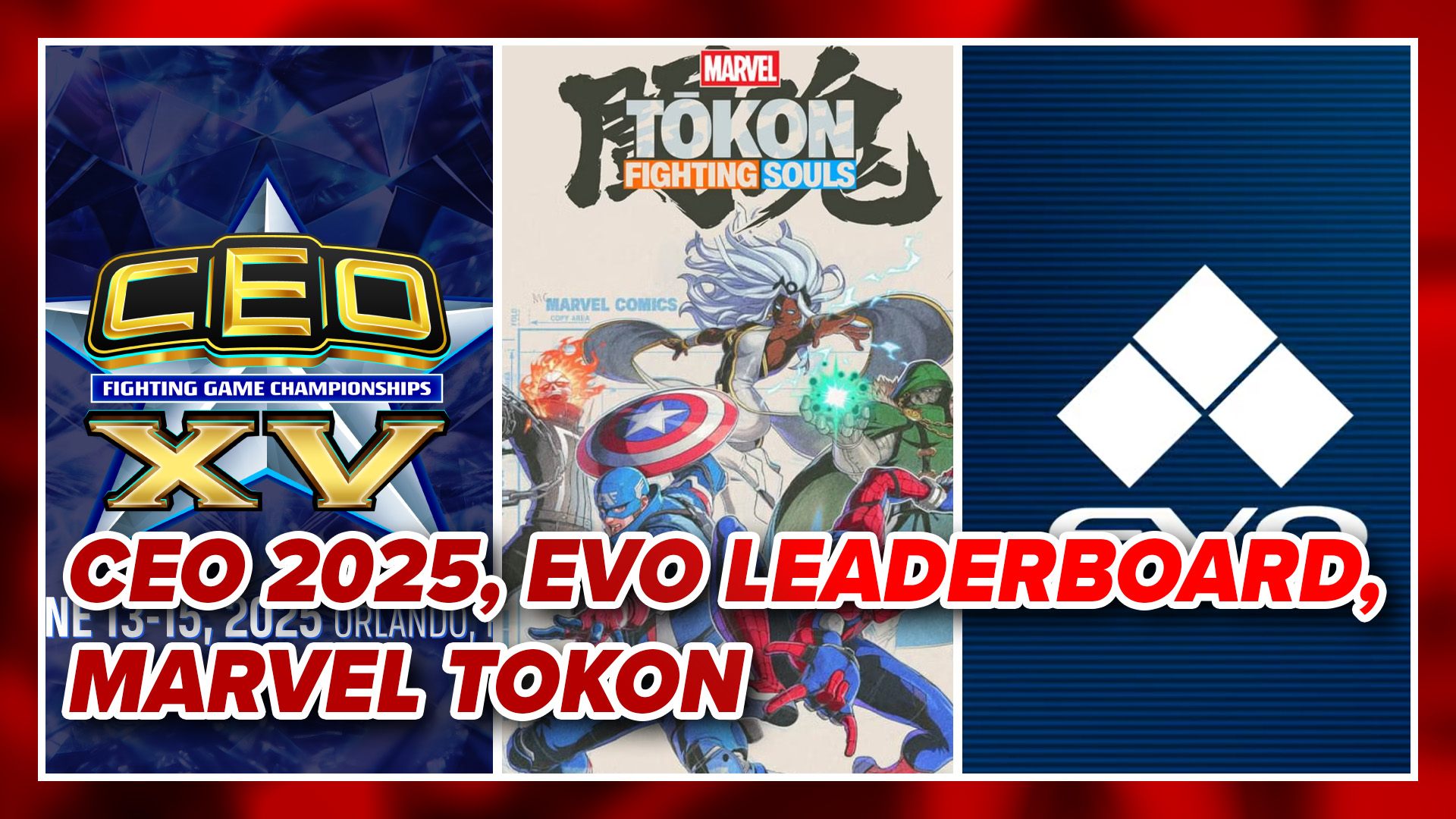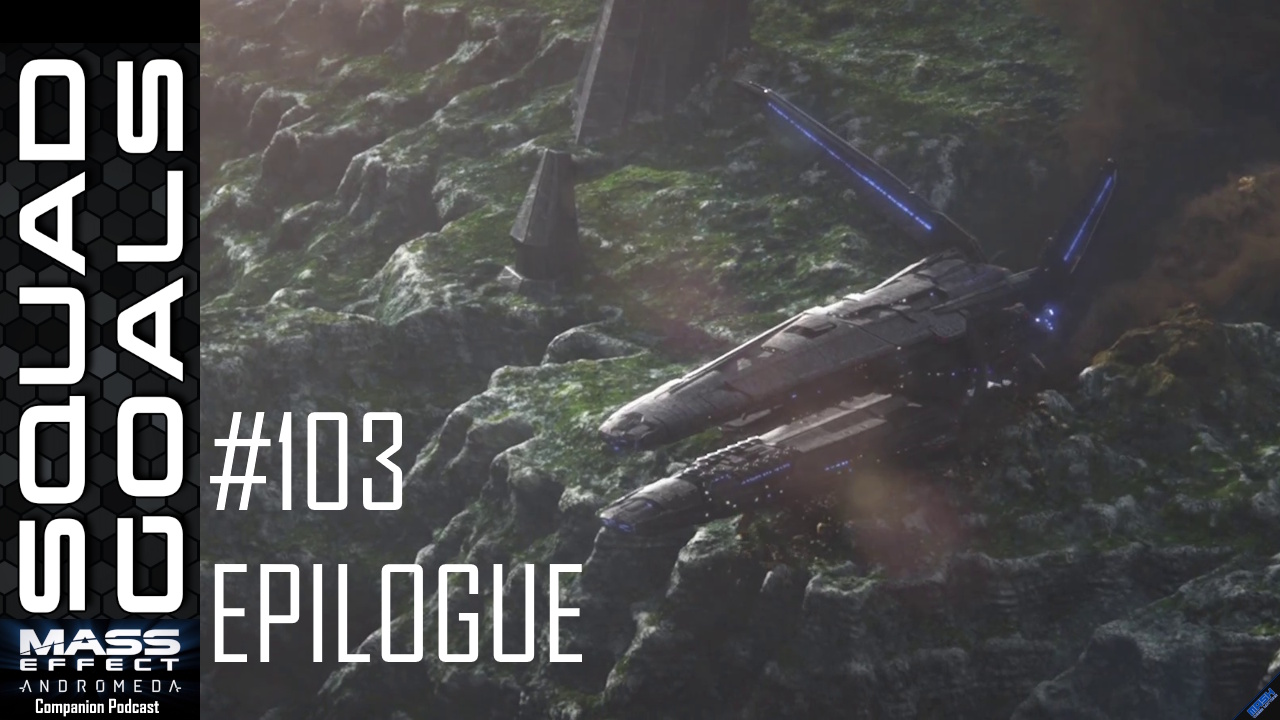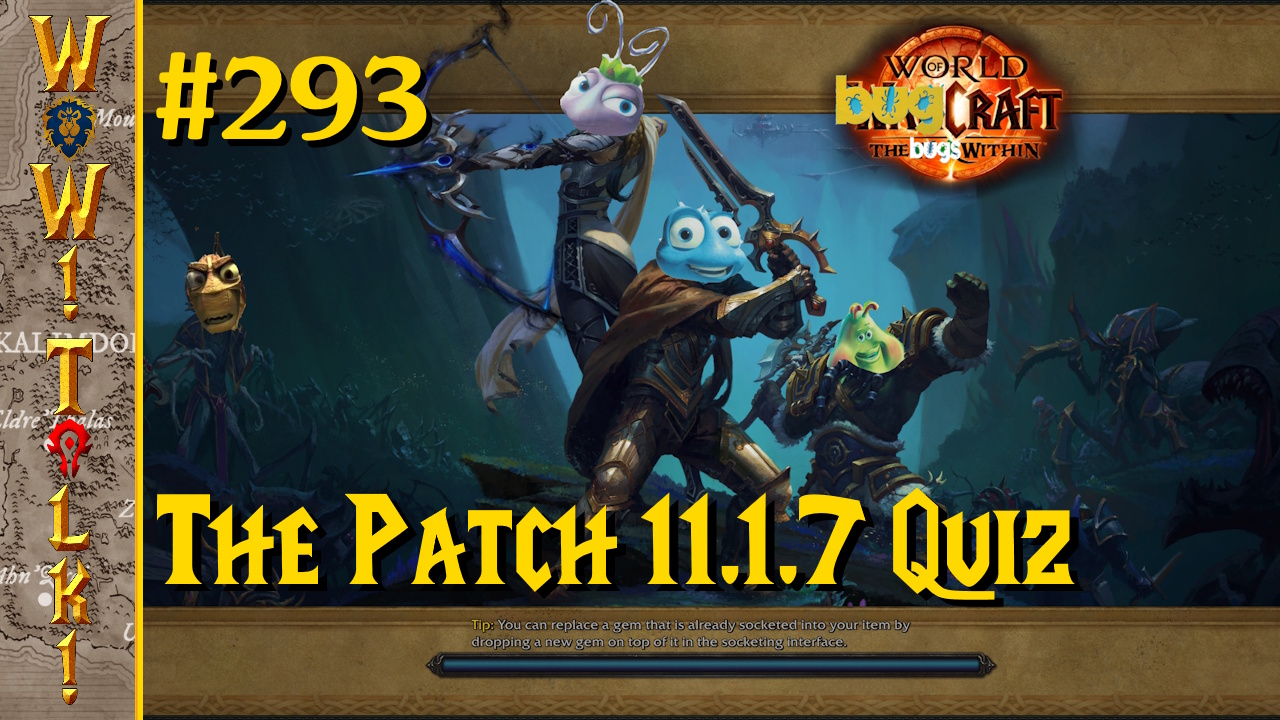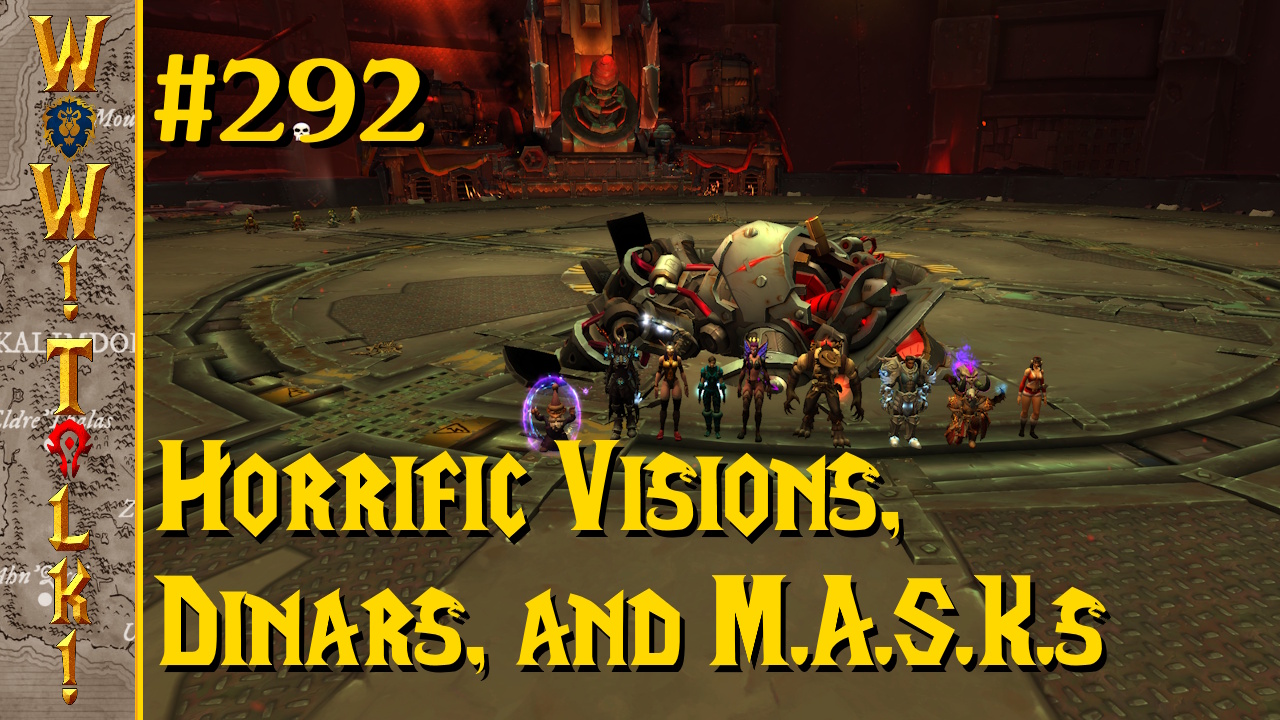There’s always an elephant in the room when talking about certain games or genres. It often has little to do with any failing of the game itself, but rather that it is like something else (or vice versa). This comes about for any number of reasons: visual aesthetic, principal characters, story, or even stream of consciousness at the time. Krater: Shadows Over Solside, a post-apocalyptic dungeon crawler set in Sweden, has an elephant; its name is Diablo III.
The proximity of their releases, more so than conventions of the genre, is what puts Krater (and every other dungeon crawler that will come out this year) in Diablo’s shadow. More than a decade of waiting will do that. In truth, Krater and Diablo have more differences between them than they do similarities. The most rudimentary parts of the two are the same – explore dungeons, kill monsters, get loot, repeat – but little else is echoed. This is fortunate for Krater, because it is a unique game with a lot of character.
The plan for the game is also nothing if not ambitious. Krater in its current form offers over 60 locations and more than 200 side-quests in addition to the main storyline. The game is in a state of constant improvement as well, with updates addressing not only bugs, but also adding free content and new features. Shadows Over Solside is the first of three intended installments to the main series, but this first release will see two more DLC expansions this year (on top of the other content updates). The deal breaker for prospective buyers will be that the game is single player only at this point, but multiplayer is being added to the title on July 10th. Also, progress earned and characters outfitted in single player will carry over to multiplayer. This review will only cover and reference the single player content in the initial release of Shadows Over Solside from this point, with multiplayer getting a shorter standalone review once it is added.
Krater puts players in control of a trio of “Freediggers” who have come to the nation of Solside seeking the treasures of the crater. The crater is actually the result of a giant bomb that went off in the land formerly known as Sweden. The explosion caused nothing but devastation beyond its epicenter, but the crater itself became a fertile (if hostile and rugged) area where people eventually settled. Three nations emerged and at the center of them all lies The Main Shaft, a tunnel that reaches down into the earth a greater distance than anyone can say, and is rumored to be filled with technology from the old world. If this particular team of Freediggers is to gain access to all the riches within, they’re going to have to recruit some extra help and undertake more than a few odd jobs.
There are two playable races – human and mutant – and four job classes that, by default, fill archetypical roles. The Bruiser is the tank, standing on the front lines attracting enemy attention and soaking up damage. The Slayer is a high DPS (damage per second) melee character that doesn’t have a lot of health or defense but shreds through monsters. The Regulator is a ranged attacker with control/debuff capabilities, while the Medikus is a healer who also attacks at range. Each job only has two abilities (each triggered by a number key), however mutants get different abilities than the humans for each role.
Having only two abilities feels limiting, but the developer chose to address the problem in an interesting way: by encouraging experimentation. Each ability has slots that different boosters can be equipped to. These boosters can enhance the base effects of a power, temporarily increase the stats of characters, or add new effects altogether. Implants permanently upgrade the stats of a character and also encourage experimentation, albeit in a more straightforward manner. This sort of modular adjustment allows players to stretch the intended scope of each role into new niches.
It’s not possible to completely escape certain class basics, though. A Bruiser can be turned into a mountainous healer, but won’t ever be able to escape having to melee to deal damage (class restrictions on weapons) or attracting tank-level threat with their abilities (base ability effects remain no matter the booster attached). I won’t say the approach mitigates all the limitations of having only two abilities, but alongside gadgets – which act as a third ability with a higher cool down – any more at one time would have felt unwieldy.
Krater is set up in a top down view and controls a bit like an RTS; team members can be controlled individually by a keyboard or mouse selection, or given orders as a group. Group movement works well, and when engaging in a fight characters will take up appropriate positions as space allows and proceed to auto-attack. Automatic pathing is likewise satisfactory. Players can click ahead a fair distance without worrying too much about characters getting stuck on obstructions, except in town, where characters seem to get stuck all the time without direct guidance. Character abilities and gadgets are set between number keys one through six and seven through nine, respectively.
The game is actually designed around the idea that a player will recruit more individuals through the course of the game than the starting team they are given. The first trio that is available can only progress to rank (level) five. In bigger towns recruiters are found where higher possible rank characters can be added to the posse. Different towns have different ranks available; with higher ranks being available the closer the town is to The Main Shaft, generally speaking. Characters can also sustain injuries, or even die permanently after falling too many times in combat; another good reason to keep a varied roster. The amount of knockouts it takes to sustain injury and eventually kill a character varies based on the difficulty chosen.
Combat is engaging and satisfyingly brutal. There aren’t hit for hit reactions from combatants, but sound effects pop, all skills are accompanied by distinctive visual effects, and enemies explode into a geyser of gore when finished off by a particularly big hit. There are a variety of interesting enemy types to fight as well; mutated wildlife, monsters, bandits, and other Freedigger groups. The big staple of dungeon crawlers, loot, is a consistent presence through all encounters. Weapons, gadgets, implants, boosters, credits, crafting components, and sellable items can all be obtained at a fair rate. Naturally, rarer weapons and more valuable components drop from more formidable mobs, but those rare items occasionally fall from lesser mobs too.
Crafting is also a large part of Krater. Blueprints for various items can be bought or received as rewards from quests; this allows the specified item to be made at any crafting table, provided the components are available. Even rare, very powerful weapons can be made, but require rare components that are gained by venturing into various dungeons of the Underside. Weapons have a multitude of visual models that are reflected in game once equipped by the character. I had a good chuckle upon seeing a Bruiser wielding an engine block strapped to a stick, or a Medikus with a pistol that was partly constructed out of a paint can.
Implants take the place of any bodily equipment, but Krater’s visual flair doesn’t allow for being bored while looking at the party. Every character, even those between the same class, have different color schemes and random adornments. Even body sizes can vary amongst Freediggers. The inhabitants of the crater share the same sort of randomized appearance, although it’s easier to pick out recurring outfits on them than it is player characters. The palette of both the world of Krater and the characters in it is much more colorful and wide-ranging than the average post-apocalyptic game. It’s truly a sight to behold, especially when combined with the detailed models and environments.
It’s hard to call Krater perfect, but it reaches for the mark in admirable fashion. Some players will find fault with the underlying design choices, such as the necessity of recruiting additional party members (and the subsequent re-leveling and re-equipping that has to take place), but I found it extended my play in a good way. Sure, I had to spend time leveling and outfitting a new group once I found a town with rank 10 and 15 characters to buy, but the game is so entertaining it wasn’t a chore I resented. Having a stable of Freediggers to draw from also meant that I could try different things with abilities without losing the boosters I’d put onto a character already.
Other choices no one will find fault with, such as the decision to let owners play their game whenever they wish by not having restrictive online DRM in place in the game. The single player campaign alone has well over 30 hours of potential playtime, with enough loot, visual appeal, and randomized dungeons to ensure that no one has to drag themselves through an endless array of sameness. Krater is fully worth the $14.99 asking price even without multiplayer, and as happy as I am with the game Fatshark has released already I’m beyond excited to see how the game’s potential takes it from here.

